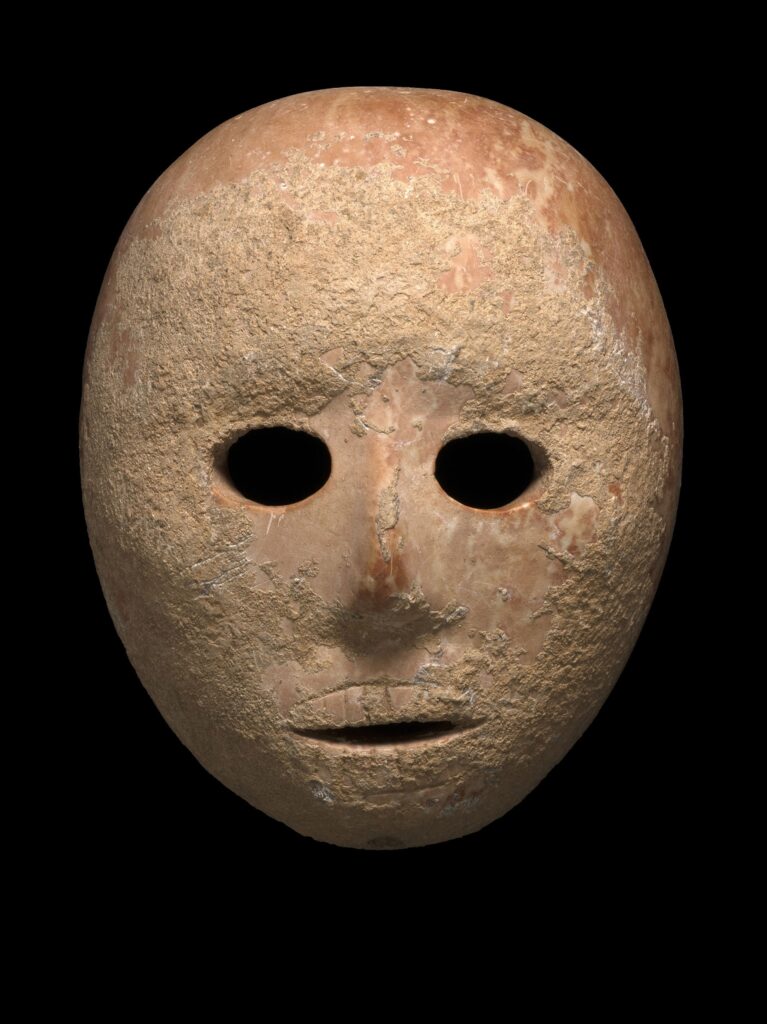King Tutankhamun’s tomb, discovered in 1922, remains one of the greatest archaeological finds in the history of Egyptology. However, alongside the grandeur of the treasure, a peculiar mystery has captivated the public’s imagination: nine individuals associated with the tomb’s discovery mysteriously died, fueling the belief in the “curse of the mummy”. But is there any truth to this curse, or is it just a concoction of legend?
The Great Discovery
Howard Carter’s Excavation
On November 4, 1922, in the Valley of the Kings, Egypt, British archaeologist Howard Carter stumbled upon a crumbling staircase, half-hidden beneath rubble from the tomb of Ramesses IV. Further excavation led him to uncover a sealed stone door, signaling the existence of an untouched tomb.
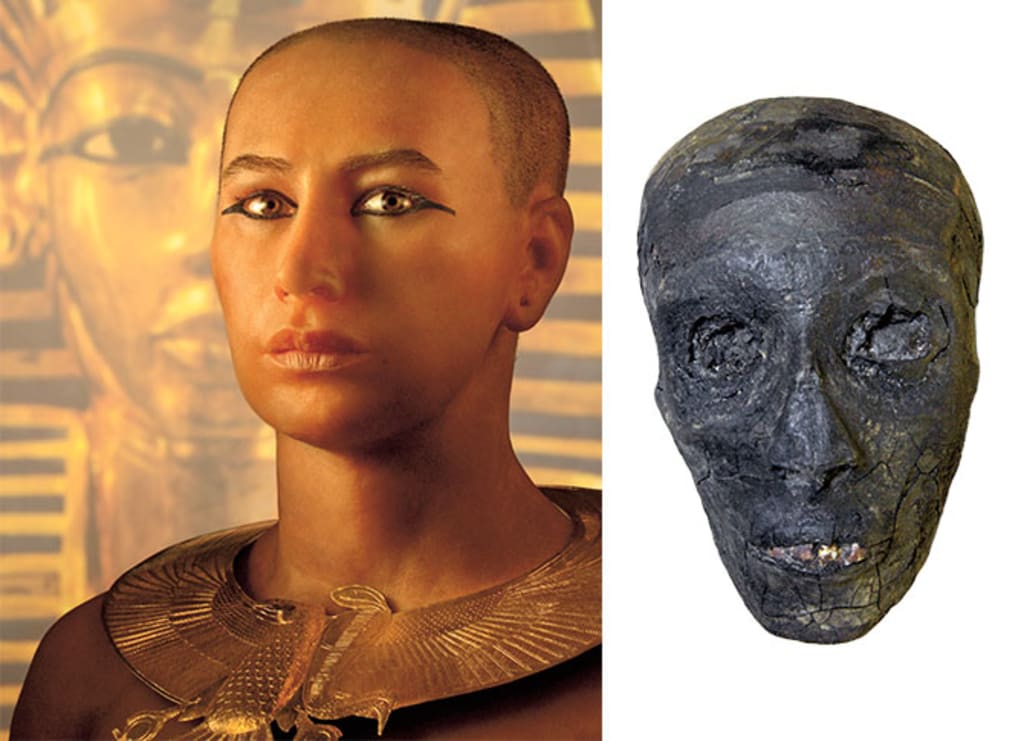
Carter quickly contacted his benefactor, Lord Carnarvon, and together they embarked on the discovery of what would become one of the most incredible treasures in history: over 5,000 artifacts, including gold, jewelry, statues, and ceremonial objects, all remarkably well-preserved.
The Mysterious Deaths
However, shortly after the tomb’s discovery, a series of strange events began to unfold. In April 1923, Lord Carnarvon, the chief sponsor of the excavation, died suddenly from pneumonia and blood poisoning after being bitten by an infected mosquito. His death raised suspicions, and many began to whisper about an ancient curse.
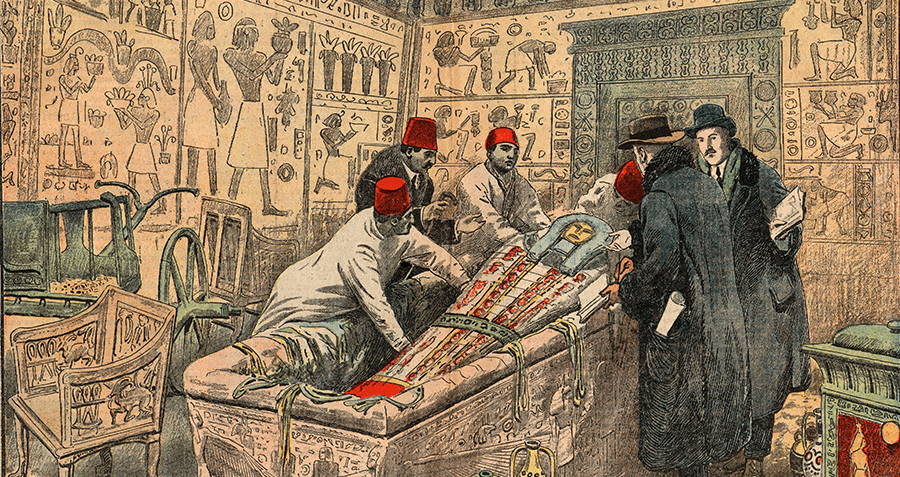
The Deaths That Followed
Not long after, George Jay Gould, an American financier who had visited the tomb, also died from a similar illness. Then, in 1924, British archaeologist Hugh Evelyn-White tragically took his own life, leaving behind a note that read: “I have succumbed to the curse of the mummy.” Furthermore, the doctor who had X-rayed Tutankhamun’s mummy also passed away from an unexplained illness.
Within a decade, at least nine people connected to the excavation had died, further fueling the rumors surrounding the “curse of the mummy”.
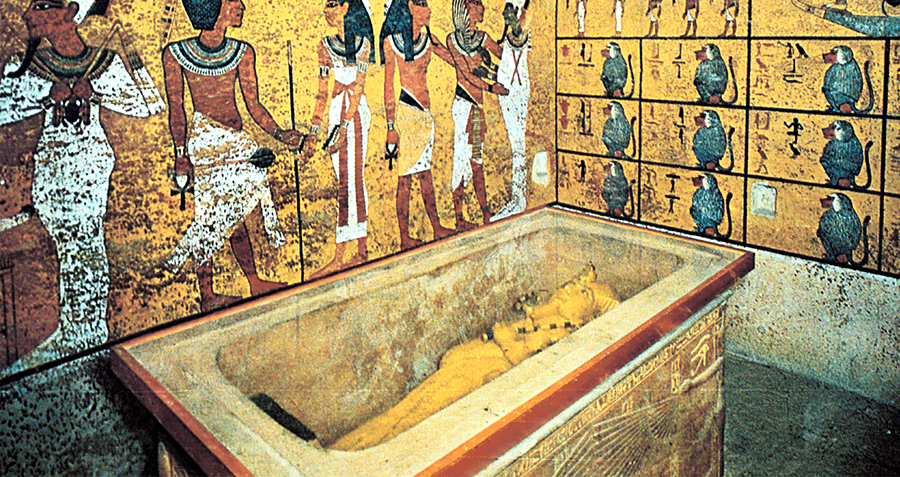
Is There a Scientific Explanation?
The Aspergillus Theory: Fungus and Its Role
Despite the unsettling deaths, scientists have provided a plausible explanation. One prominent theory is the presence of Aspergillus flavus, a type of mold, which may have thrived within Tutankhamun’s tomb and contributed to the illnesses and deaths.
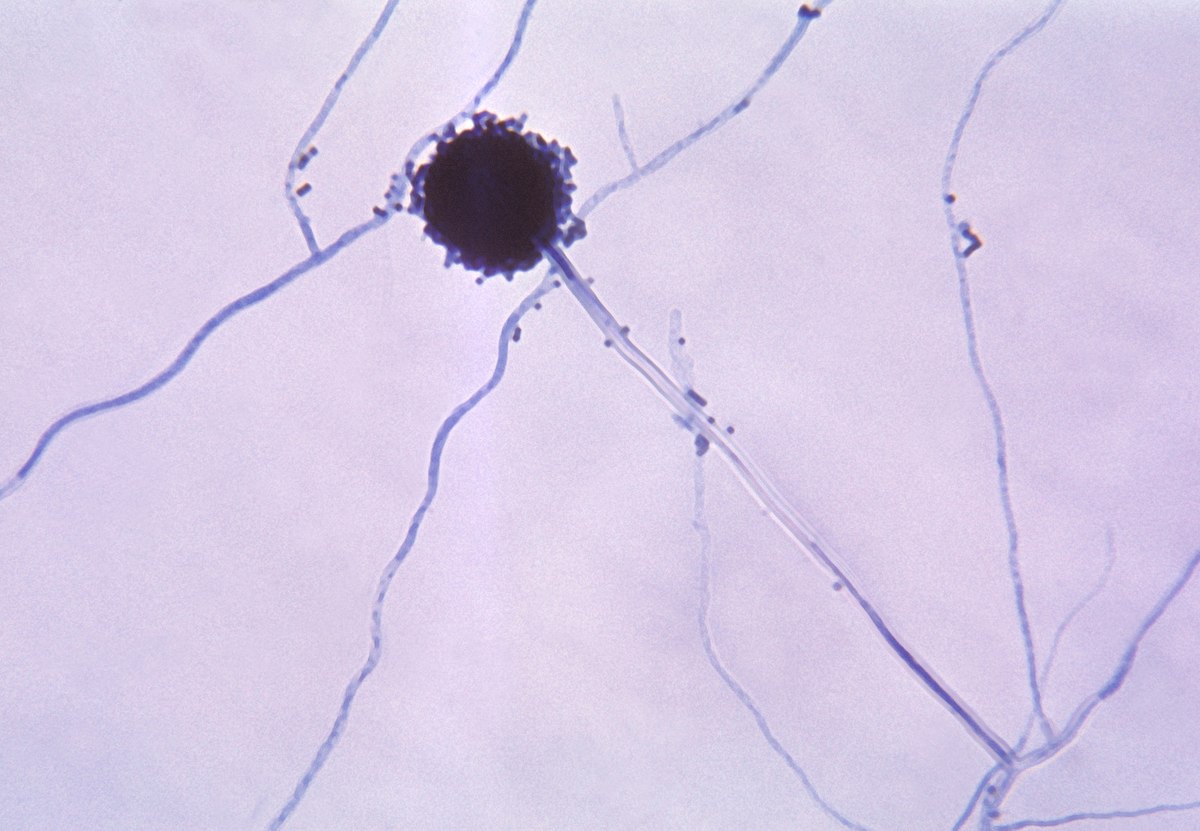
Aspergillus flavus is known to grow on dead bodies and grains, and the tomb contained bags of bread and uncooked grains, providing an ideal environment for the mold. The spores of Aspergillus can cause severe lung or sinus infections, which, in individuals with weakened immune systems, can lead to death.
The Waiting Hypothesis
Another intriguing theory is the waiting hypothesis, which suggests that pathogens such as Aspergillus and others may have remained dormant in the tomb for thousands of years, only becoming active when exposed to new hosts. Because Tutankhamun’s tomb had been sealed for over 3,000 years, it may have created the perfect conditions for the mold to survive in a dormant state, only to thrive when the tomb was opened.
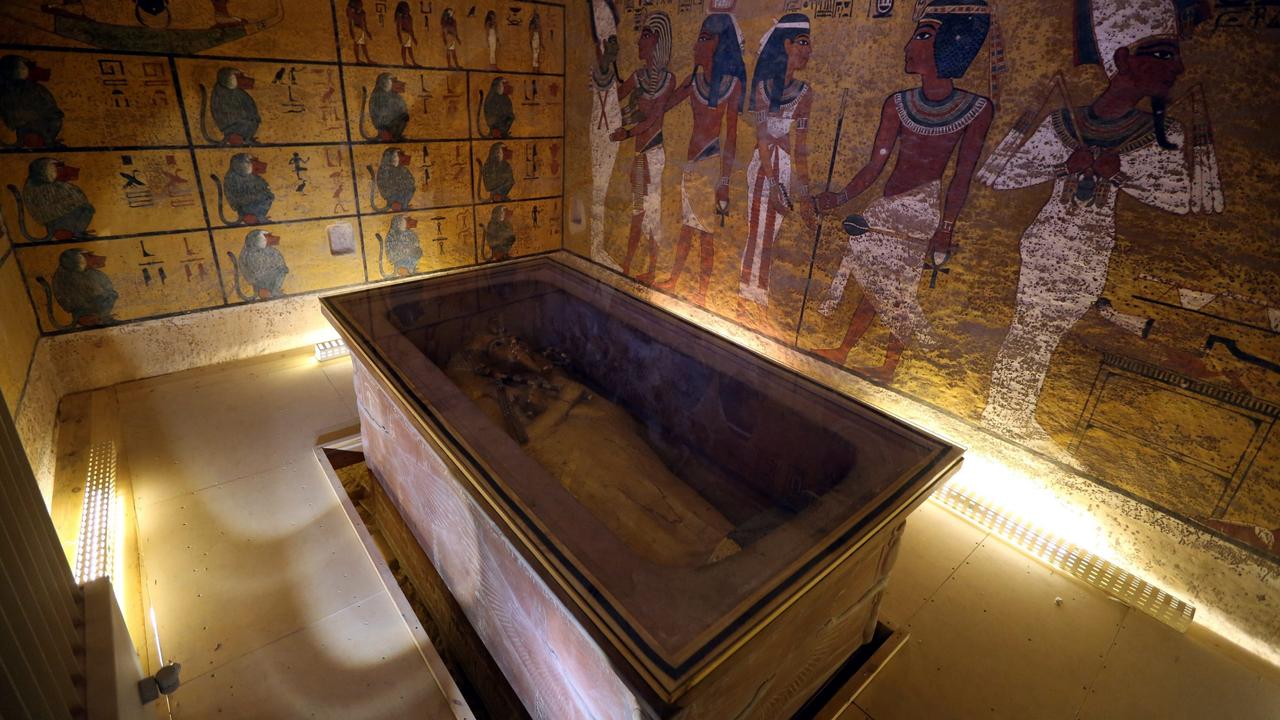
This idea is supported by findings from 2017, when Michael Wise and his team at the University of Western Australia discovered genetic evidence showing that bacteria that employ waiting strategies tend to be more resilient and deadly than others, making this theory all the more compelling.
Connections to Other Tombs
This theory is not limited to Tutankhamun’s tomb. In the 1970s, the tomb of Polish King Casimir IV Jagiellon was opened for the first time, and within days, four of the twelve researchers involved in the excavation died. Although this initially raised concerns, scientists soon discovered that Aspergillus spores likely played a role in these deaths as well.
Conclusion: Curse or Science?
While the “curse of the mummy” continues to be a fascinating tale in popular culture, recent scientific studies have pointed to Aspergillus as a likely explanation for the mysterious deaths. The presence of mold spores in the tomb, combined with the sealed environment, could have made the mold more potent and deadly over time.
Despite the numerous theories and speculation, the story of King Tutankhamun and his tomb will undoubtedly remain an enduring mystery, captivating both the scientific community and the public. Whether a curse or a natural phenomenon, the tomb of Tutankhamun continues to be one of the most intriguing archaeological discoveries in history.
